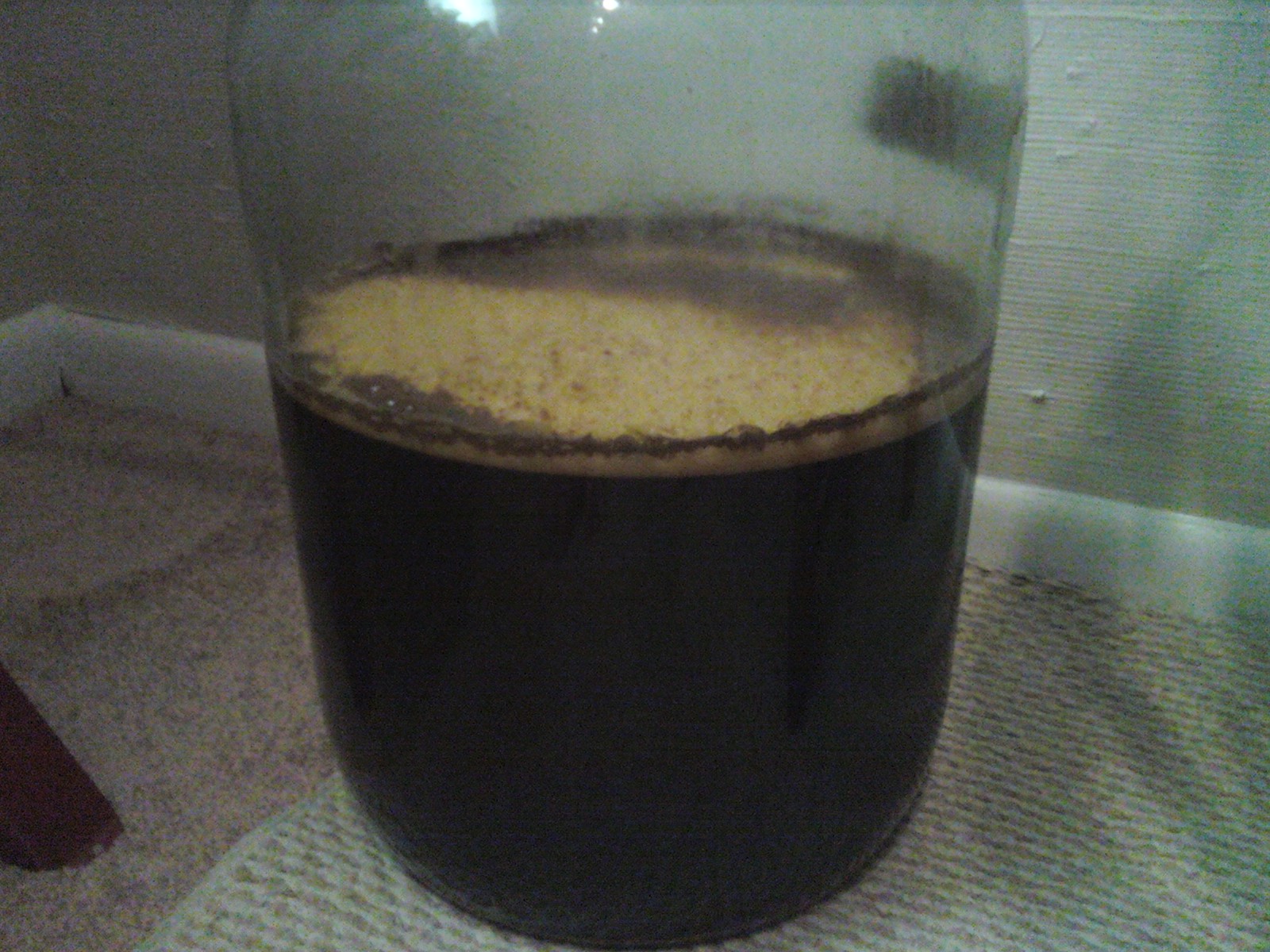erock2112
Well-Known Member
Hey everyone. I'm from Chapel Hill, NC and am planning to do my first batch within the next week. I have a few questions before I begin, though. I got all my equipment (except for a 30qt kettle) second hand, including some canned extract kits. I'm planning to use one of the kits for this first batch but I don't know how old the kit is (based on the looks, pretty old) or whether it would be noticeably stale. My guess is yes, but seeing as how it's my first batch and I'm not expecting to do everything perfectly, I figure it's better to use one of these than go buy a new one. My question is, should I bother trying to 'cover' the staleness with some specialty grains (I have 8oz of dextrin malt and 8oz of 10L crystal malt) and hops (the extract is pre-hopped), or should I bother for a first batch that's probably going to taste stale anyway?
Any other tips?
Thanks
- Eric
Any other tips?
Thanks
- Eric




